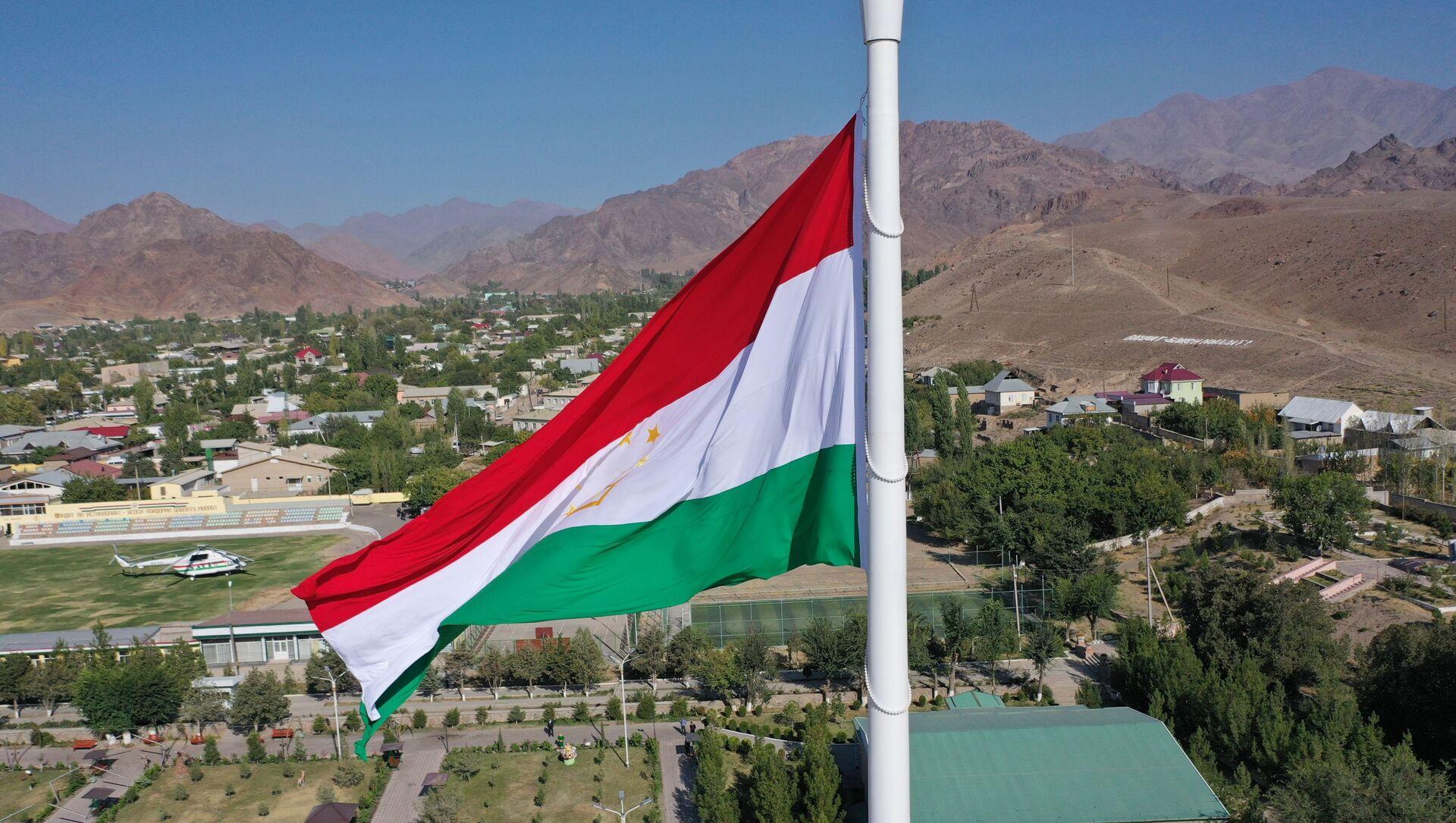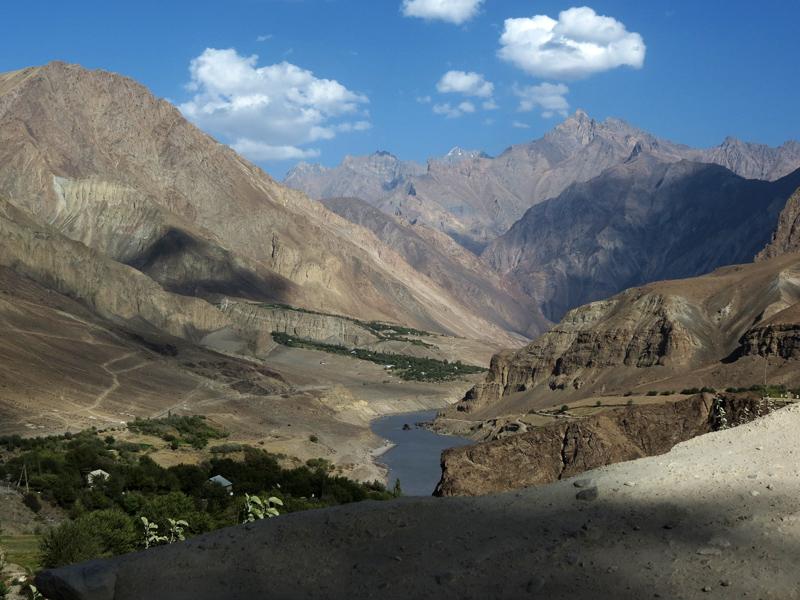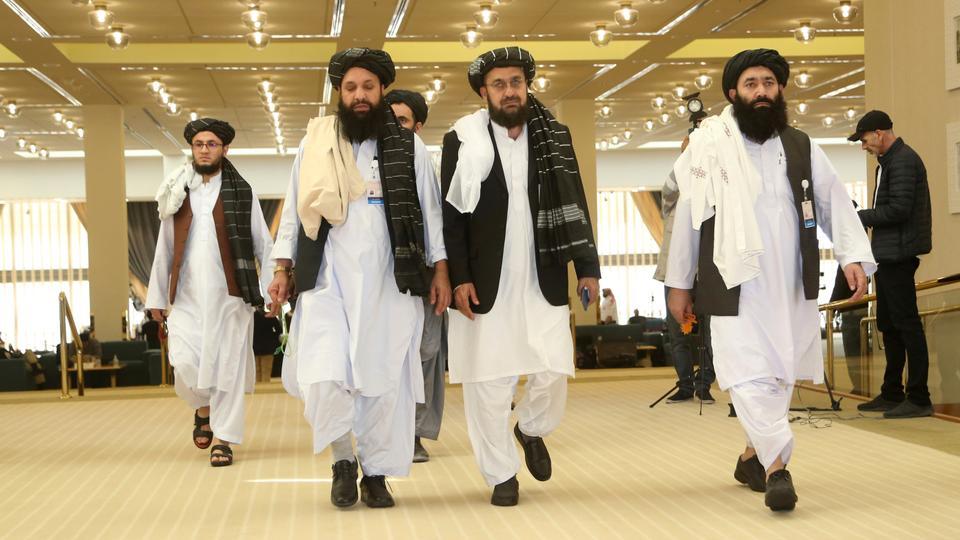Unrest in Tajikistan: what is unusual about them? Overview of the region with Serhey Bohdan
Last week, the Tajik security forces announced the start of an anti-terrorist operation in the east of the country - in Gorno-Badakhshan. As early as Sunday, dozens of armed opposition activists had been detained and killed, including the death of one of their alleged leaders. The Office of the UN Secretary-General, the US State Department, the EU Delegation, the embassies of France, Germany, and the United Kingdom expressed their concern about the situation. Many commentators began to hint that this would seriously destabilize the region.
Echoes of the Civil War
Opposition demonstrations began a week ago in the Gorno-Badakhshan Autonomous Region of Tajikistan, a region with a territory (more than 64,000 square kilometers) that is only slightly inferior to Georgia. However, few people live in such a vast and high-mountainous region, the population of the Tajik Pamir is about 230 thousand people. The protests broke out on the evening of May 16 and were associated with demands for the resignation of local authorities, an easing of the regime (there are many checkpoints on the borders of the region and inside it), and an end to the persecution of local activists. The reason seems to have been the sentence of MMA fighter Chorshanbe Chorshanbiev. He and another Pamiri widely known for his opposition views were recently extradited to the Tajik authorities by Russia.
Already on May 17-18, about two hundred activists blocked the Dushanbe-Khorog highway along the border with Afghanistan, using weapons for this. Another group took up positions in the center of the Rushan region of Gorno-Badakhshan Autonomous Oblast (GBAO). In the protests, former figures and structures of the United Tajik Opposition (UTO) were immediately noticeable, which fought against the government in the 1990s, then included in government agencies under quotas, but subsequently expelled from them again. For example, it is reported that Yodgor Gulomkhaydarov, a former well-known representative of the United Tajik Opposition (UTO), was in command of the opposition groups in the Rushan region. Among the main leaders of the protests, the authorities also name one of the informal leaders of the region, also a former commander of the UTO, Mamadbokir Mamadbokirov. On Sunday it was announced that Mamadbokirov had been killed, but the circumstances are still unclear.

Thus, we are talking about the reactivation of already existing structures for protest. At the same time, one should not forget about the signs of intra-elite showdowns - it is customary to hide them behind beautiful slogans for the masses, but without a split in the establishment and especially the security forces (who do not have "former" ones), successful Maidans and "color revolutions" do not happen. Stories about the "heavenly hundreds" and other bloody romances for the masses cover up the often ordinary struggle for power. So here, the picture of events looks completely different if we recall the background of some well-known leaders. For example, the aforementioned Mamadbokirov, having fought first against the authorities, then became a colonel in the border troops and controlled the Tajik-Chinese border in the 2000s! His supporters praise him, saying that he even fed the fighters at his own expense, which, of course, says a lot about the organization of the service and profitability of such a position.
General Kholbash Kholbashev, the former commander of the border troops of the State Committee for National Security of Tajikistan in GBAO in the 2010s, and Ulfathonim Mamadshoeva are also named among the organizers of the unrest in Badakhshan. She is simply called a journalist in the Western media, but this is Kholbashev's ex-wife and also a person who belonged to the establishment for many years (which does not in the least contradict her roles in the opposition), she also served in the border troops.
Badakhshan was generally one of the main bases of the armed opposition to the government in Dushanbe during the civil war of the 1990s, and notable opposition demonstrations occurred there in the 2010s.
Clashes between opposition supporters and the authorities, during which there were manifestations of violence and people died, occurred regularly: last autumn, in 2018, 2014, and in 2012, a special operation was carried out in the Pamirs. In May 2014, it even came to the signing of an agreement between the authorities and the opposition. By the way, General Kholbashev also signed it on behalf of the authorities.
Such a dynamic of sustainable social tension and violence is explained by the difficulties in public administration and the socio-economic development of Tajikistan, there is simply not enough economic resources to build an effective system of power there and develop the country for more than a decade. According to the World Bank, Tajikistan's GDP per capita in 2020 was only $859, for comparison, even in neighboring countries this figure is several times higher, in Uzbekistan - $1,751, Kyrgyzstan - $1,176. As a result of this weakness of the state within state bodies and in society as a whole, informal structures, the shadow economy, and corruption schemes begin to determine the situation, which leads to an increase in social tension. The government does not even have enough branched and effective security and law enforcement agencies, and therefore, as soon as problems accumulate, an elementary “wall to wall” begins with the use of firearms and military equipment.

Badakhshan is a special region, the dynamics of social processes there differ from other regions of Tajikistan and Central Asia. Firstly, it is inhabited by representatives of several Pamir peoples with their own languages, which, although of the Iranian group, are seriously different from Tajik. Secondly, the population mainly follows Ismailism, which is a branch of Shiism but very seriously differs in every respect from the Isna'ashari Shiism prevalent in Azerbaijan, Iran, and Iraq. Nizari Ismailis live there - the same branch, romantically associated with Hassan Sabbah, the "old man of the mountain." There is no ground for full-fledged separatism in GBAO - the small population, which is part of various small peoples, does not contribute to this. However, a clear separation of many Pamiris from the rest of Tajikistan is noticeable, the same Chorshanbiev somehow caused a public scandal, offended that he was called a "Tajik", and stated that he was only a Pamiri. To this should be added activities in the social sphere, the field of culture and education of structures subordinate to the Aga Khan, the leader of the Ismailis of the world, which contributes to the formation of their own elites among the Pamirs with a special worldview and horizons.
In other words, Gorno-Badakhshan is a region that by itself is hardly suitable for the role of a kind of "Vendee", that is, a destabilizing factor in the region. Of course, it is one thing when Badakhshan rages on its own, and quite another when its population is connected to regional processes, as during the civil war in Tajikistan, when the “Badakhshan self-defense” units fought alongside supporters of the Democratic Party and the Islamists against the government in Dushanbe.
The chimera of the Taliban
Can something similar happen again now, of course, not literally, but in a different layout? There is suitable illustration material for colorful speculations. GBAO is a high-mountain region bordering three sides Afghanistan, China, and Kyrgyzstan. It is not for nothing that foreigners have always needed a special permit to visit GBAO since Soviet times. On the other side of the border in the Afghan province of Badakhshan, in which a significant number of fellow tribesmen and co-religionists of the Tajik Pamirs live.
In addition, everyone remembers the events of last autumn. Then, in September, in response to Tajik President Rahmon's support for the Tajik anti-Taliban opposition in Afghanistan, the Taliban aggravated the situation, and the CSTO even held an urgent summit meeting on this occasion. At first glance, the current destabilization of the regions of Tajikistan bordering Afghanistan in this context looks extremely dangerous.
However, there is a nuance. Are the forces that control Afghanistan interested in some kind of risky game, say, through the exploitation of crises like the current one in Badakhshan, to change the established balance of power in Central Asia, i.e., to undermine the positions of the Russian Federation and its allies? Let's say right away that discussions about an additional factor of "Chinese expansion" are inappropriate here because of the more than obvious gradual symbiosis between Russia and China in the region.

Russian experts like to talk about the intrigues of the Taliban and how the Taliban will begin to expand in Central Asia and go to war against Russia and its allies. But the Taliban, with its explicitly Afghan program and policy, never acted in Russia and did not fight with Russia. In contrast, for example, the members of the Northern Alliance, which is considered allied with Russia, in whose ranks, by the way, there were participants in the destruction of the 12th frontier post of the Russian Federation in Tajikistan.
This is primarily about the well-known Islamic Society of Afghanistan (ISA) party, which played a major role in the Afghan intervention in the civil war in Tajikistan in the 1990s on the side of the Tajik opposition. It is not surprising that the IOA tried to operate in Soviet Central Asia back in the 1980s, probably at the request of the CIA and others who wanted to fight the Russians to the last Afghan (Ukrainian, Syrian, etc.). Some other parties, for example, the Islamic Party of Hekmatyar, also supported the Tajik opposition, but it was the ILA or structures and detachments close to it that played the main role. The Taliban, which emerged as an organized force in the mid-1990s, may have tolerated radicals from Tajikistan or Uzbekistan, but nothing more. They, mostly Pashtuns, were more interested in Pakistan, where there are even more Pashtuns than in Afghanistan. But the IOA and the anti-Taliban Northern Alliance created around it were engaged in real expansion precisely in the direction of the former Soviet Central Asia.
Let us recall the most famous episode of the clash between the Tajik opposition and Afghan detachments with Russian border guards - the destruction of the 12th outpost. This is usually not written about, but, apparently, it was the ILA militants who were engaged in the destruction of the outpost. It was reported that the commanders from the Tajik-Afghan side were Mohammad Kabir Marzbon and a certain Kari Hamidulla. The latter could not be identified with accuracy, but the former is a person known as an outstanding field commander of the ILA. It would also be interesting to find out with whom in Afghanistan the field commander Khattab, known from Chechnya, was connected. Judging by indirect signs, and he, according to rumors, also participated in the defeat of the 12th outpost, this could also be the ILA. With all the interest in Russia in Khattab (while he was alive), the Russian media and analysts delicately avoided his Afghan past, because Moscow was friends with the anti-Taliban Northern Alliance (officially called the United Front), the basis of which was the IAO. Instead, they fantasized about the fearsome Taliban, who were about to take over everything and everyone.
After the Taliban pushed back to the north and then defeated the Northern Alliance in the mid-1990s, first the Afghan detachments and the Tajik opposition stopped fighting the Russian military, and then the Tajik opposition actually went to peace with the government in Dushanbe. What an unfortunate coincidence! Now the situation is similar - Afghanistan is completely controlled by the Taliban, and therefore there are no prospects for a revolution with their participation in the region.
It has become a common phrase to speak, without going into specifics, about Central Asia as an unstable, explosive region. It is true that Central Asia in the post-Soviet era has several times found itself on the verge of serious destabilization. One can recall two summers - 1999 and 2000 when armed Islamists scurried back and forth on the Kyrgyz-Uzbek border. One can recall the Andijan events of 2006 or the ethnic massacre in Osh in 2010. In all these cases, large political or social structures were involved, operating across state borders and affecting the interests of several countries at once.
Over the last decade, such phenomena in the region have become noticeably less. The same unrest in Kazakhstan was primarily an intra-Kazakh event. Yes, the Collective Security Treaty Organization (CSTO) sent in troops, carrying out an extremely strange intervention (it is not clear why, if power did not fall there, and it is not clear why such a short operation), but this was done, in all likelihood, to create a precedent for the introduction of CSTO troops and work out large-scale interaction of troops in case they are used to end the Russian invasion of Ukraine with a “peacekeeping operation”. But it is difficult to recall some socio-political phenomena or events that threaten in the foreseeable future with a revolutionary reformatting of the region with "fire and sword" in the last decade.
The reasons are clear. Social tensions, economic problems, weakened state structures, and violent conflicts of elites in Central Asia have not diminished, but there have been noticeably fewer transnational structures capable of undermining the situation under a conditional “caliphate” or other kinds of radical political upheaval. Therefore, even the tragic events in GBAO should not be overestimated. And so far there is no point in unnecessarily tying them (and in general everything that happens on the planet) to the confrontation between Russia and the West. As Sigmund Freud used to say, "Sometimes a cigar is just a cigar"..








